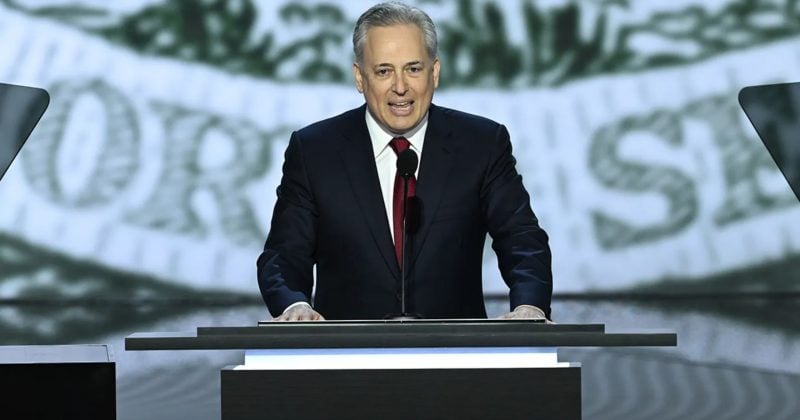Ethereum Foundation faces criticism for offloading ETH instead of leveraging DeFi and staking opportunities.

Key Takeaways
- The Ethereum Foundation is exploring staking options amid criticism of its asset management.
- Vitalik Buterin cited regulatory challenges as historical reasons for not staking.
The Ethereum Foundation has been catching flak for just selling ETH to pay the bills instead of exploring staking or DeFi. Now, according to Vitalik Buterin, the foundation is indeed looking into these options, including the possibility of staking approximately $1 billion in ETH holdings.
Backlash against Ethereum Foundation has intensified over the past few days due to its lack of engagement in the Ethereum ecosystem and ETH sales.
Lookonchain reported that the Ethereum Foundation offloaded another 100 ETH on Monday for about $336,000. The ETH sales, since January 2, 2024, have amounted to $13 million, or 4,666 ETH.
DCinvestor, a strong advocate for the ecosystem, said Trump-backed World Liberty Financial is “more aligned with the success of Ethereum-based DeFi than the Ethereum Foundation is.”
“Trump created a DeFi protocol team, they’re using Aave, they use Cowswap to sell proceeds of their sale into ETH. EF most of the time pretends like DeFi doesn’t exist because they are so afraid of playing favorites, they’d rather solely focus on the “world computer” narrative rather than acknowledge how the chain is being used,” said DCinvestor.
“In order to be totally neutral, we literally cannot use the chain we are here to uphold and protect,” he criticized the foundation in a separate post.
In response to DCinvestor, Josh Stark, a contributor to the Ethereum Foundation, stated that the foundation actively uses the Ethereum blockchain in its day-to-day operations.
The EF is actively engaged with the Ethereum ecosystem through swapping ETH for stablecoins for operational purposes, making payments to grantees and team members in ETH and stablecoins, using the mainnet and layer 2 networks, as well as on-chain payments and digital IDs for its events, Stark explained.
Stark’s comment drew even more criticism, especially in light of recent ETH sales.
Ethereum and CryptoPunks OG Eric Conner claimed that the EF’s primary use is “dumping ETH.” He also questioned why the foundation only sells ETH instead of exploring staking or DeFi to manage its finances.
Buterin, responding to Conner, explained that staking historically faced intense regulatory challenges. However, he noted that these worries had diminished.
While regulatory uncertainties have lessened, the challenge of maintaining neutrality during contentious hard forks remains a key focus for the foundation, according to Buterin. If the EF stakes, it would automatically be associated with one side of a hard fork, compromising its neutrality.
“The concerns historically were (1) regulatory, (2) if EF stakes ourselves, this de-facto forces us to take a position on any future contentious hard fork,” Buterin explained. ” (1) is less than before, (2) remains.”
“There [are] definitely ways to minimize (2), and we’ve recently been exploring them,” he said.
Addressing the suggestion of running both forks or unstaking before a fork, Buterin said they are not viable solutions due to the slashing mechanism and the limited withdrawal rate on the Ethereum network.
Yet, community members believe there are still better approaches than simply selling ETH to fund operations.
“We believe the key point is that you should consider OTC trades instead of on-chain dumps,” Spot on Chain stated. “Nobody wants to see the EF continuously dumping ETH on them.”
“In all seriousness there are workarounds here and selling ETH consistently isn’t the best strategy,” one X user said.
Leadership restructuring
The Ethereum Foundation is undergoing leadership restructuring to enhance technical expertise and improve communication with ecosystem participants.
As shared by Buterin, this initiative aims to increase execution speed, support application developers, and commit to privacy, open-source development, and resisting censorship at application layers.
The restructuring is focused on expanding the use of decentralized and privacy tech for payments and treasury management while maintaining Ethereum’s global neutrality and avoiding transforming into a lobbying organization.
Disclaimer
 9 months ago
54
9 months ago
54




 English (US) ·
English (US) ·